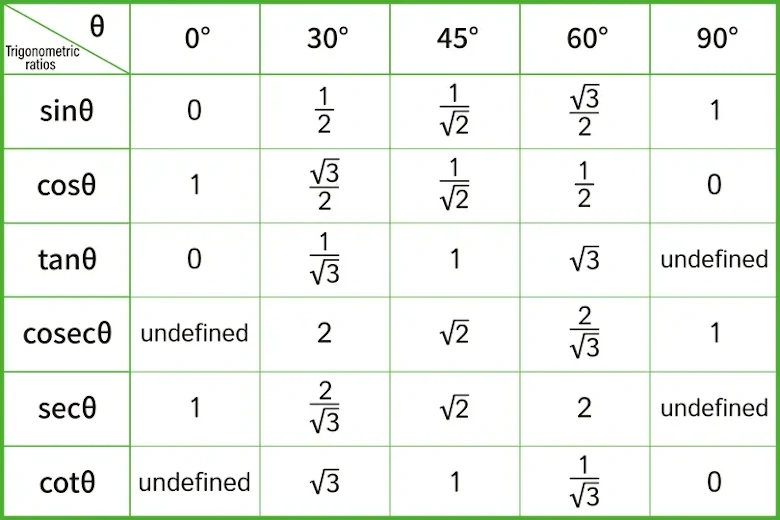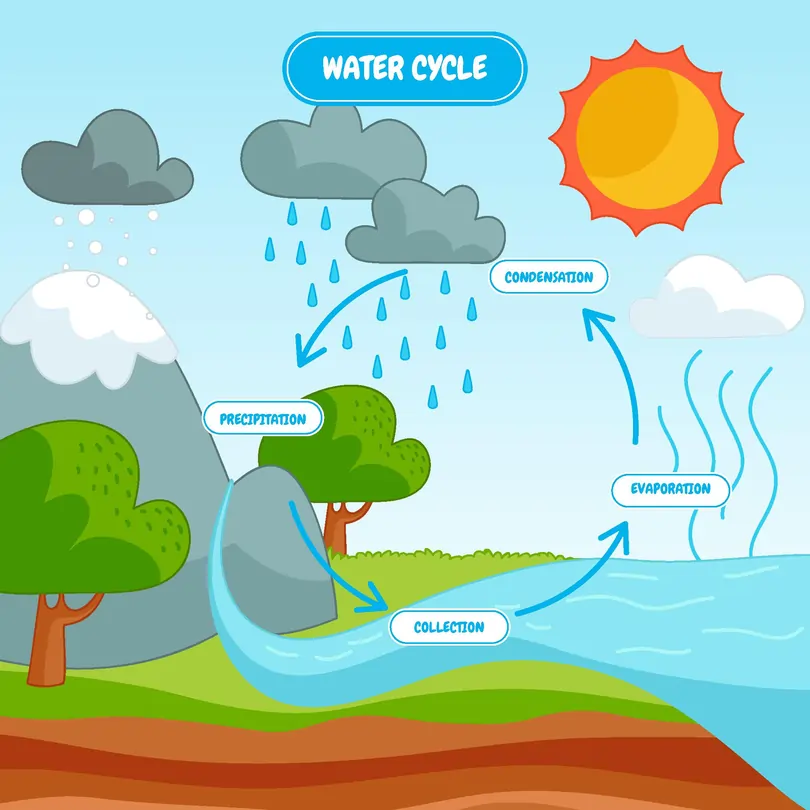A guide to answering O-level Chemistry exam questions
- Tags:
- Chemistry

Scoring well in your O-Level Chemistry papers requires more than just a solid knowledge base; it also involves understanding what examiners are looking for. Knowing examiners' expectations can help you tailor your approach to maximise your chances of achieving excellent results.
In this article, we will provide tips and guidance on how to answer questions in a way that meets the examiners' requirements.
Make Chemistry questions easier to answer: Key terms explained
With this glossary at your fingertips, you can confidently master the language of chemistry and score a high grade.
1. Calculate
The term "calculate" is used when a numerical answer is required. It is crucial to show your working, especially when multiple steps are involved. Providing the steps not only helps in understanding the solution but also allows for the identification of any errors made during calculations.
2. Classify
"Classify" refers to the action of grouping things based on their common characteristics. In the context of an O-level chemistry paper, students will be expected to classify elements, compounds, reactions, or other chemical entities based on specific properties or criteria.
3. Comment
"Comment" serves as an open-ended instruction, inviting students to recall or infer points of interest relevant to the question's context. When answering a comment-based question, it is essential to consider the number of marks allocated to that question and provide a response that showcases a comprehensive understanding of the topic.
4. Compare
The term "compare" requires students to identify and discuss both similarities and differences between things or concepts. Students could be asked to make comparisons between elements, compounds, reactions, experimental techniques, or any other relevant aspects of the discipline.
5. Construct
"Construct" questions often refer to chemical equations. When asked to construct a balanced equation, students are expected to derive the equation not solely through factual recall but by utilising analogies or information provided in the question. Constructing a balanced equation demonstrates an understanding of stoichiometry and the conservation of mass in chemical reactions.
6. Define
"Define" requests a formal statement or an equivalent paraphrase of a specific term or set of terms. When defining a term, it is crucial to provide a concise and accurate description that captures the essence of the concept being defined.
7. Describe
"Describe" requires students to articulate the main points of a topic using words, and where appropriate, diagrams. This instruction is often accompanied by specific references to phenomena or experiments.
When describing a phenomenon, students should include relevant visual observations associated with it.
For experiments, the answer typically follows a standard pattern, including sections such as Apparatus, Method, Measurement, Results, and Precautions.
However, in other contexts, students have more flexibility in organising the material to be included in the answer.
8. Determine
"Determine" often implies that the quantity of interest cannot be measured directly but must be calculated by substituting measured or known values of other quantities into a standard formula. Students are expected to showcase their problem-solving skills and apply the appropriate mathematical relationships to obtain the desired result.
9. Discuss
When asked to "discuss," students are required to provide a critical account of the points involved in the given topic. This instruction calls for a more in-depth analysis and evaluation of concepts, theories, experimental results, or any other relevant aspects related to the question. Students should present arguments, consider different perspectives, and provide evidence to support their discussions.
10. Estimate
"Estimate" implies providing a reasoned order of magnitude statement or calculation for a given quantity. Students may need to make simplifying assumptions about principles or values not explicitly mentioned in the question. It is crucial to showcase logical reasoning and provide a clear explanation of the assumptions made during the estimation process.
11. Explain
The term "explain" requires students to provide a rationale or reasoning for a particular phenomenon, concept, or observation. The level of detail and reference to theory depends on the context of the question. Students should provide a clear and concise explanation demonstrating their understanding of the underlying principles or mechanisms involved.
12. Find
"Find" is a general term that can be interpreted in various ways, such as calculate, measure, or determine. Depending on the context, students may need to apply appropriate formulas, perform measurements, or use logical reasoning to obtain the required information.
13. List
When instructed to "list," students are expected to provide a number of points, typically in a concise format. Each point should be presented as a single word without elaboration. It is important to adhere to any given specifications regarding the number of points to be listed and avoid exceeding the specified limit.
14. Measure
The term "measure" implies that the quantity of interest can be directly obtained using a suitable measuring instrument. Examples include measuring length with a rule or determining angles using a protractor. Students should be familiar with common measurement techniques and instruments used in chemistry experiments.
15. Outline
"Outline" implies providing a brief and concise answer that includes only the essential points. When asked to outline a topic or concept, students should focus on presenting the key ideas or steps involved, avoiding excessive detail or elaboration.
16. Predict
When instructed to "predict" or "deduce," students are not expected to recall the required answer directly but rather to make logical connections between other pieces of information. This may involve using the information provided in the question or extracting answers from previous parts of the question. A concise answer is typically required, without the need for extensive supporting statements.
17. Sketch
In the context of graph work, "sketch" implies that the shape and/or position of the curve need to be qualitatively correct. Depending on the context, quantitative aspects may also be required, such as passing through the origin, intercepting specific values, or having asymptotes or discontinuities at particular points. When asked to sketch diagrams, a simple, freehand drawing is generally acceptable, although attention should be given to proportions and the clear representation of important details.
18. State
"State" requires a concise answer with minimal or no supporting argument. Students may be asked to state a numerical answer that can be obtained through inspection or recall. The emphasis is on providing a clear and direct response without unnecessary elaboration.
19. Suggest
"Suggest" is used in two main contexts. Firstly, it may imply that there is no unique answer, allowing students to propose multiple valid solutions or approaches. Secondly, it may imply that students are expected to apply their general knowledge to a "novel" situation that may not be explicitly covered in the syllabus. When asked to suggest, students should provide a thoughtful response that showcases their ability to think critically and apply their understanding creatively.
Understanding these terms and their implications is essential for effectively answering questions and communicating scientific ideas. While the glossary presented here is not exhaustive, it covers a wide range of terms and their descriptions, helping to demystify the language of chemistry questions and promote clarity in terms of expected answers.
 SG
SG  VN
VN 













